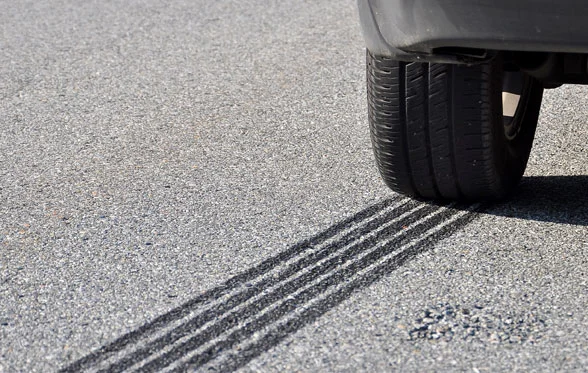In our previous May Spotlight InterRegs summarized the new NHTSA ruling that required a 27.3 mpg (combined car and truck fleet average) CAFE level for the 2011 model year. This was a 2 mpg jump from the CAFE requirement for the 2010 MY. At that time, NHTSA also stated that the CAFE required levels for model years 2012 thru 2016 were being worked on and would be released shortly.
On May 19, 2009, President Obama - for the first time in history - set in motion a new national policy aimed at both increasing fuel economy and reducing greenhouse gas pollution for all new cars and trucks sold in the United States. These new standards, covering model years 2012-2016 will require a Car and Truck Fleet Average CAFE requirement of 35.5 mpg in 2016. This surpasses the CAFE law passed by the USA Congress in 2007 which required a Car and Truck Average CAFE requirement of 35 mpg in 2020.
In a follow-up action on May 22, 2009the EPA and DOT published in Federal Register a "Notice of Upcoming Joint Rulemaking To Establish a National Plan to regulate both Vehicle GHG Emissions and CAFE Standards." This Notice states that the EPA and NHTSA both intend to propose two separate sets of standards, each under their respective statutory authorities. EPA expects to propose a national CO2 vehicle emissions standard under section 202(a) of the Clean Air Act. EPA currently is considering proposing standards that would, if made final, achieve on average 250 grams/ mile of CO2 in model year 2016. The standards for earlier years would begin with the 2012 model year, with a generally linear phase-in from MY 2012 through to model year 2016. NHTSA expects to propose appropriate related CAFE standards in a similar fashion.
EPA and NHTSA intend to continue the use of attribute-based standards for passenger cars and light trucks. NHTSA adopted an attribute standard based on vehicle footprint in its Reformed CAFE program for light trucks for model years 2008-2011, and recently extended this approach to passenger cars in the CAFE rule for MY 2011. Vehicle footprint is defined as a vehicle's wheelbase multiplied by its track width - in other words, the area enclosed by the points at which the wheels meet the ground. EPA and NHTSA believe that the footprint attribute is the most appropriate attribute on which to base the standards under consideration, as vehicle footprint correlates reasonably well with CO2 emissions, fuel economy, and consumer choice.
